Ardmore, a picturesque coastal village in County Waterford, once boasted a vibrant fishing industry that was central to its identity and economy. However, over the years, this proud tradition has significantly diminished. Let’s explore the factors that have contributed to this decline.
Historical Context
In the early 20th century, Ardmore’s fishing industry was diverse and thriving:
- Salmon fishing was a major activity, with the season starting on February 1st
- Mackerel fishing employed large seines operated by 12-man crews
- Herring fishing took place at night
- Other catches included plaice, sole, pollock, and even winkles
Factors Contributing to the Decline
Lack of Harbor Investment
One of the primary reasons for the decline has been the insufficient investment in harbor infrastructure[3]. It became increasingly difficult for fishermen to operate efficiently and safely without proper facilities.
Changing Fish Populations
The decline of certain fish species, such as pilchards, forced fishermen to adapt or face reduced catches[2]. This unpredictability made fishing less reliable as a source of income.
Competition from Larger Vessels
As early as the late 19th century, local fishermen struggled to compete with larger, better-equipped boats from other regions[2]. This capability disparity made it challenging for Ardmore’s smaller boats to access offshore fishing grounds.
Regulatory Changes
Implementing fishing quotas and restrictions has impacted the viability of small-scale fishing operations. For instance, while compensated, the voluntary “set aside” of the salmon fishery in the late 1990s effectively ended a long-standing tradition[1].
Economic Shifts
Tourism growth in Ardmore has provided alternative employment opportunities, potentially drawing people away from the fishing industry[3]. The village’s beautiful beaches and historic sites have become major attractions.
Current State of Fishing in Ardmore
Today, Ardmore’s fishing industry is a shadow of its former self:
- Only a limited number of open-boat fishermen remain active[3]
- A few fishing boats still operate, using bottom nets for various fish species and engaging in some shrimp fishing[1]
- Winkle picking continues on a small scale[1]
Looking Forward
While the decline of Ardmore’s fishing tradition is a loss to the community’s heritage, it’s important to recognize the evolving nature of coastal economies. The challenge now lies in finding ways to preserve the knowledge and skills of traditional fishing while adapting to modern realities.
Ardmore’s story is a poignant reminder of the changes facing many coastal communities worldwide, where once-thriving fishing industries give way to new economic paradigms.
Citations:
[1] https://www.waterfordmuseum.ie/exhibit/web/Display/article/369/Ardmore_Memory_and_Story__The_Sea.html
[2] https://www.ulster.ac.uk/__data/assets/pdf_file/0003/942591/1205.pdf
[3] https://eoceanic.com/sailing/harbours/210/
[4] https://www.waterfordmuseum.ie/exhibit/web/Display/article/330/20/Desperate_Haven__The_Famine_in_Dungarvan_The_Fishing_Industry_In_The_Dungarvan_Union.html
[5] https://www.ardmorewaterford.com/fishing-in-ardmore/
[6] https://www.ardmorewaterford.com/heritage-a-fishing-tradition/
These images beg the question as to why we have lost this rich tradition.
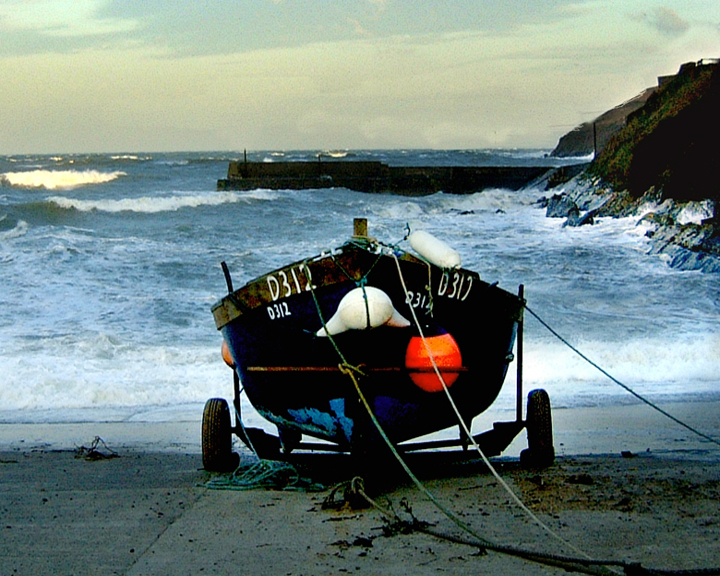
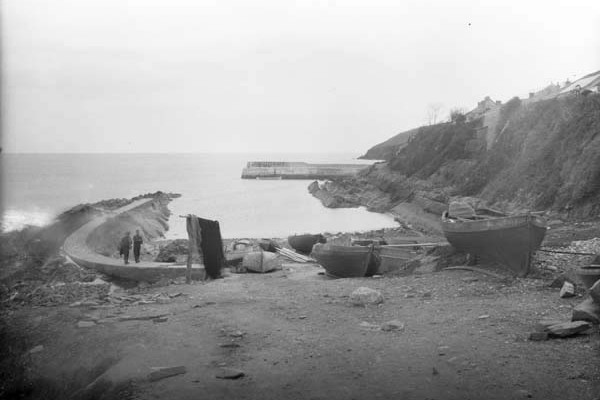
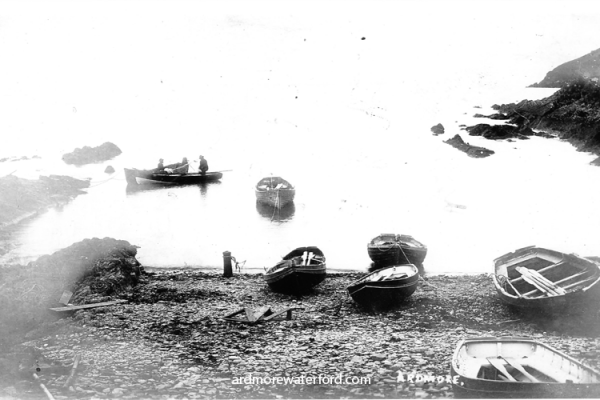
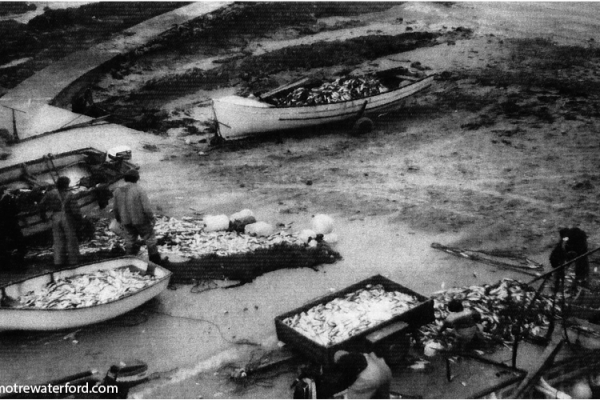
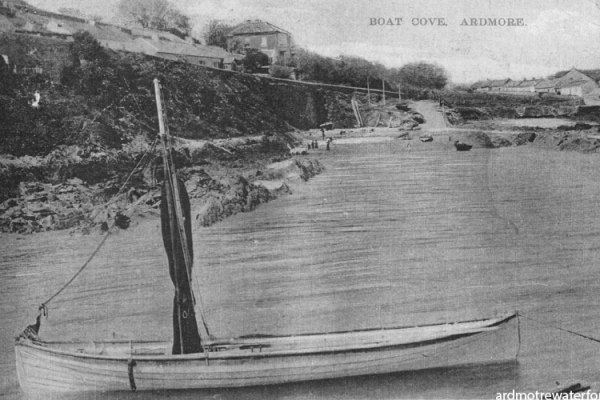
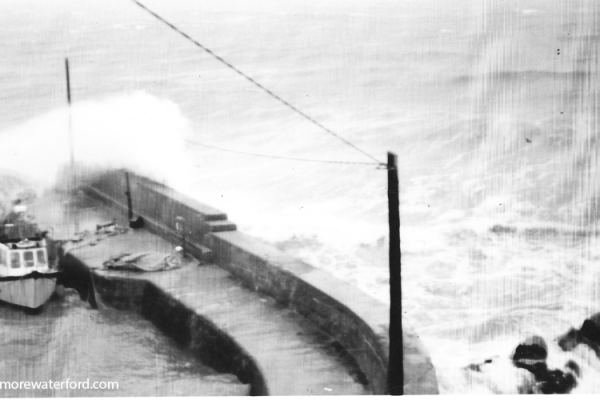
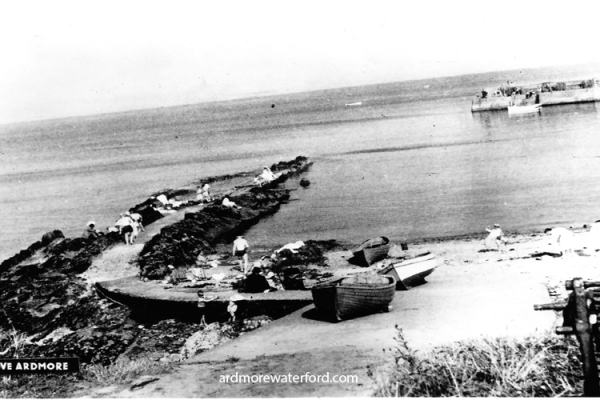
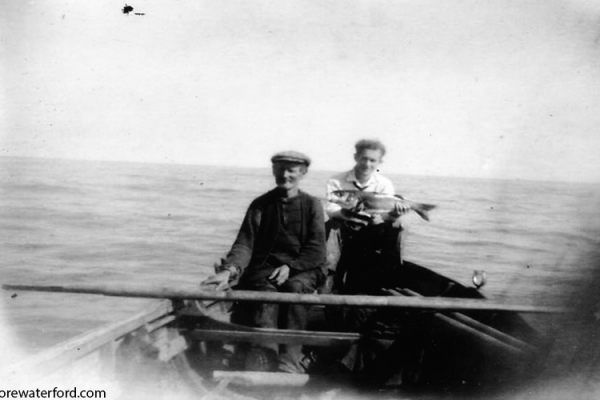
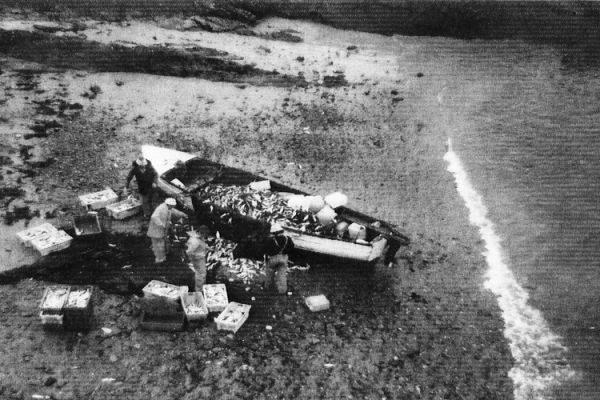
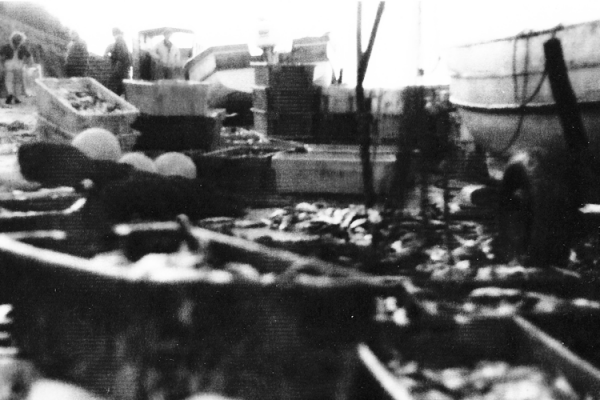
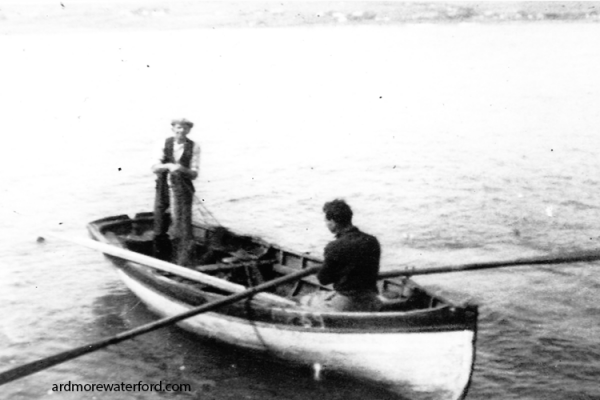
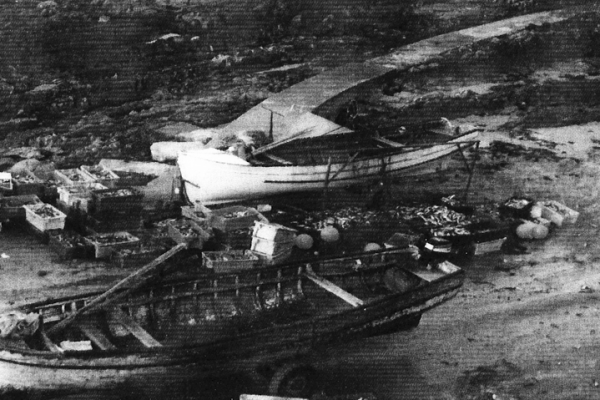
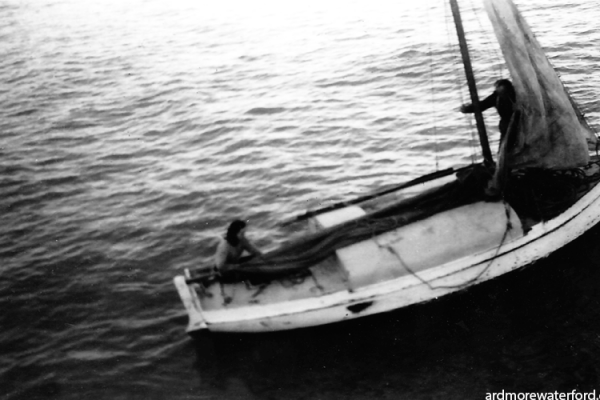
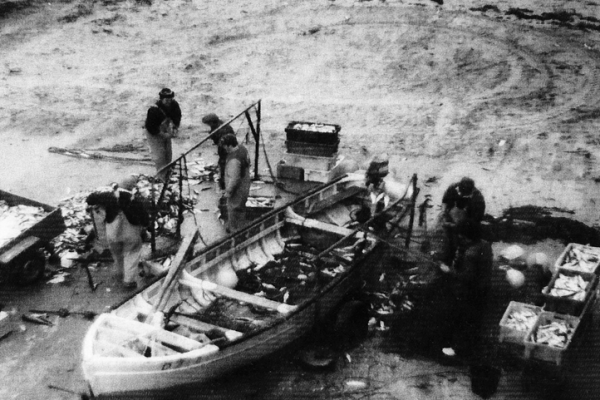
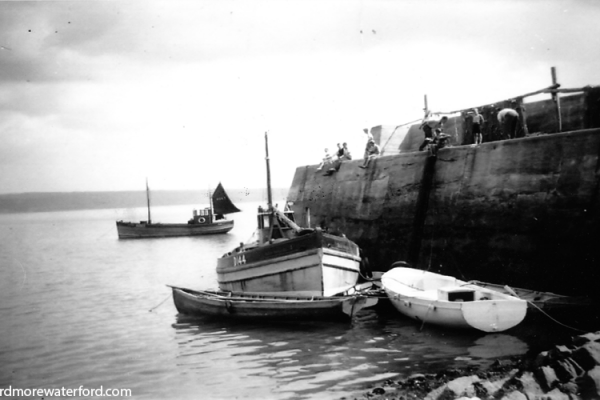
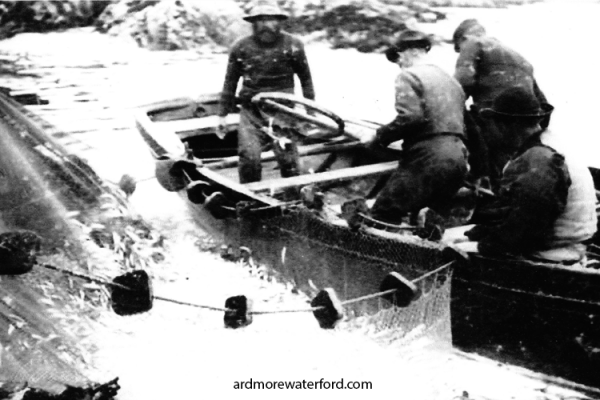
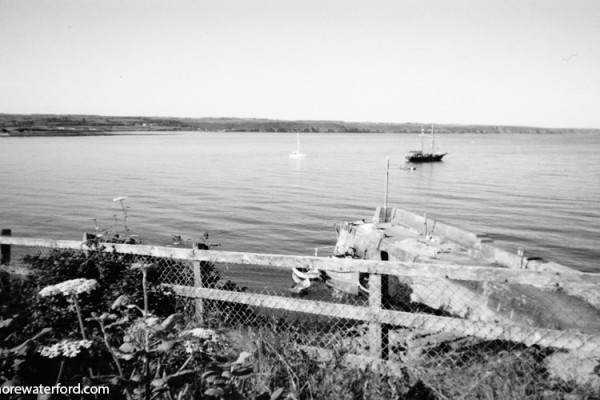
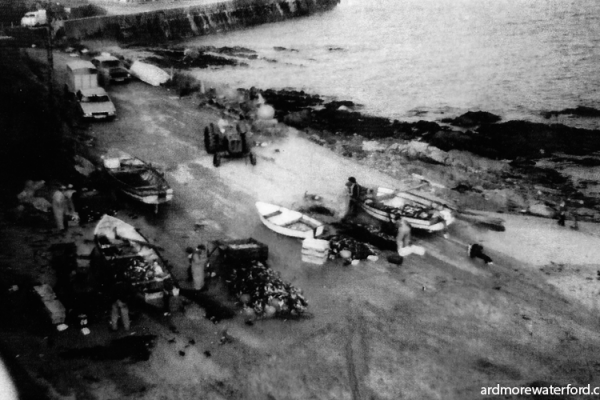
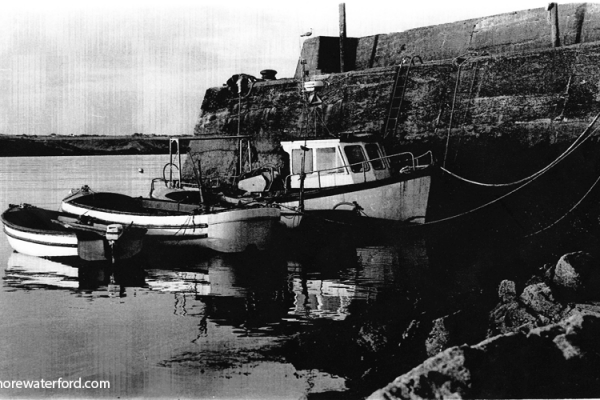
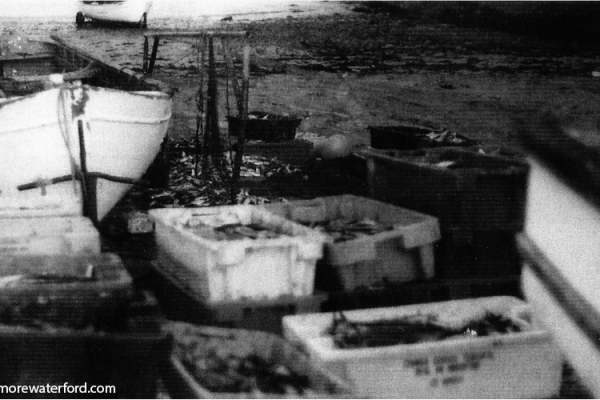
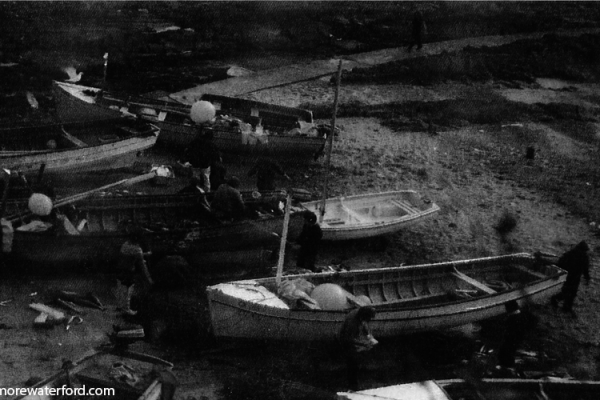
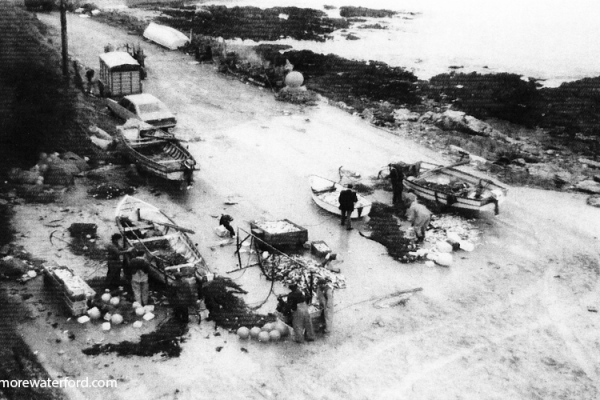
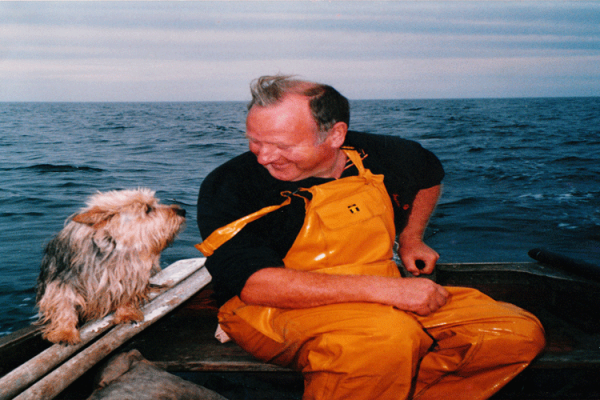

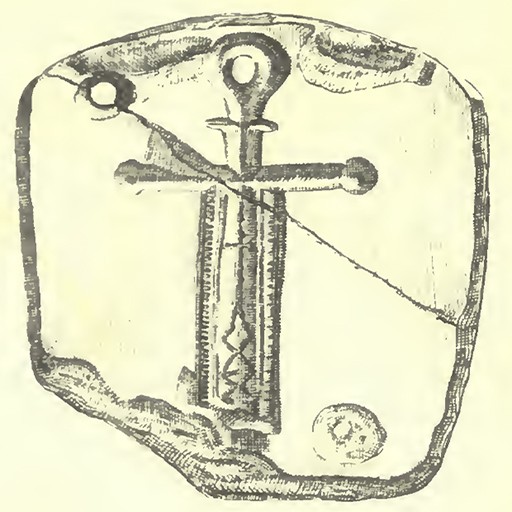
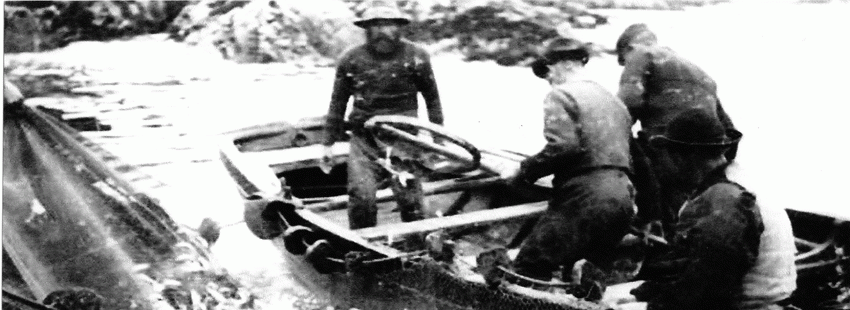
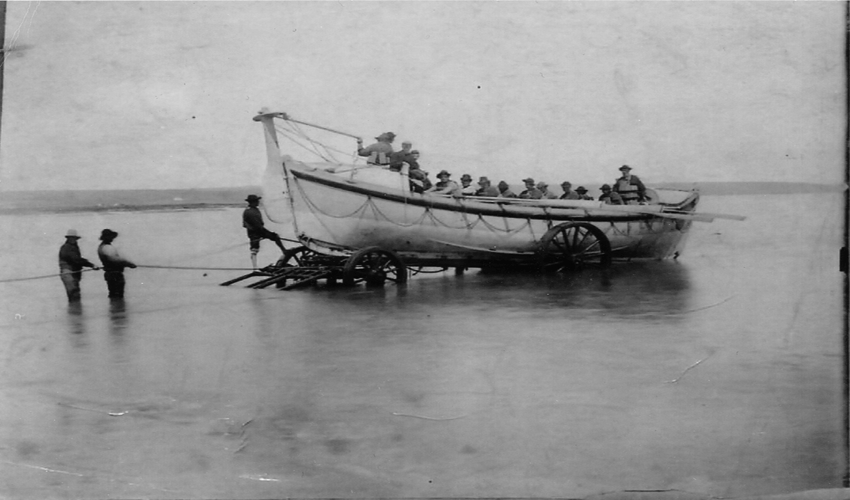
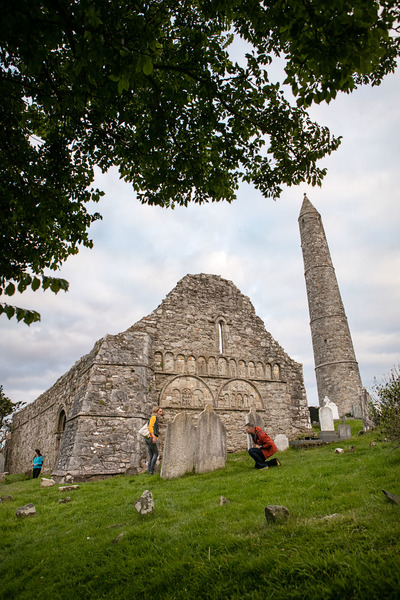
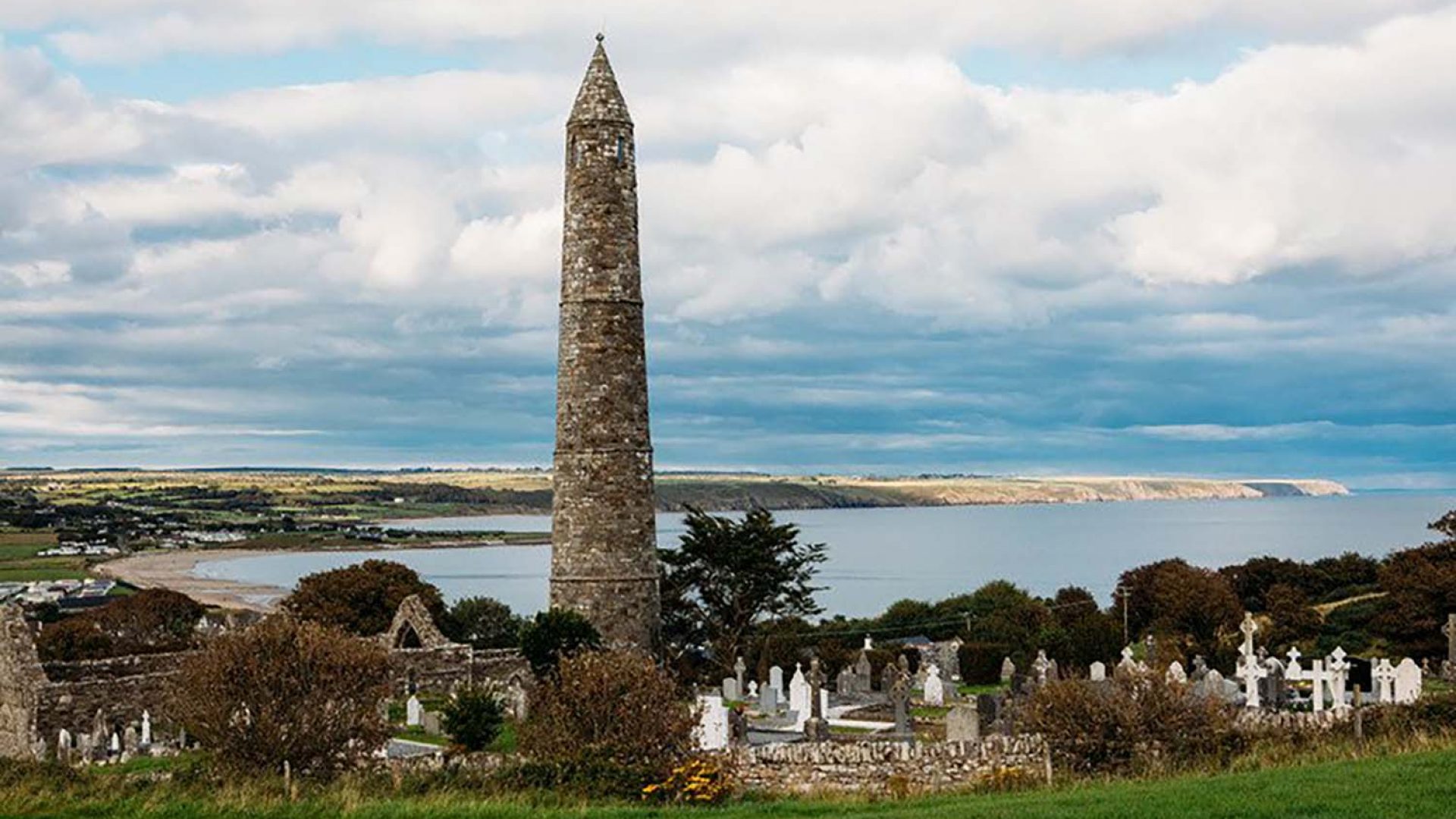
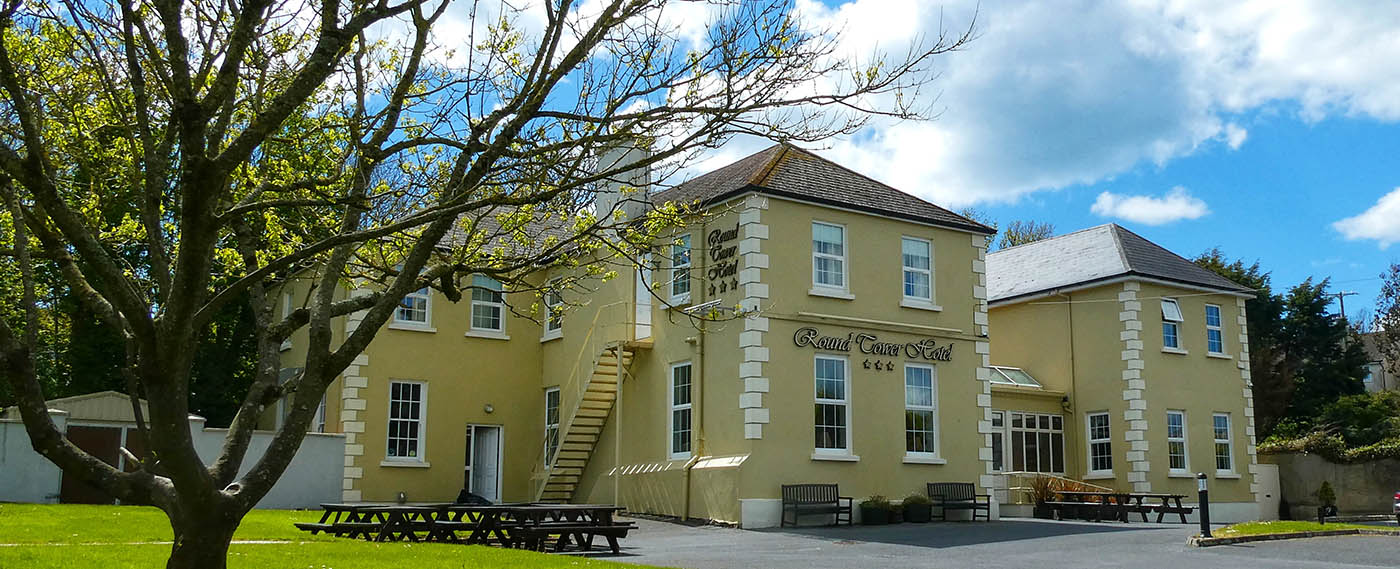
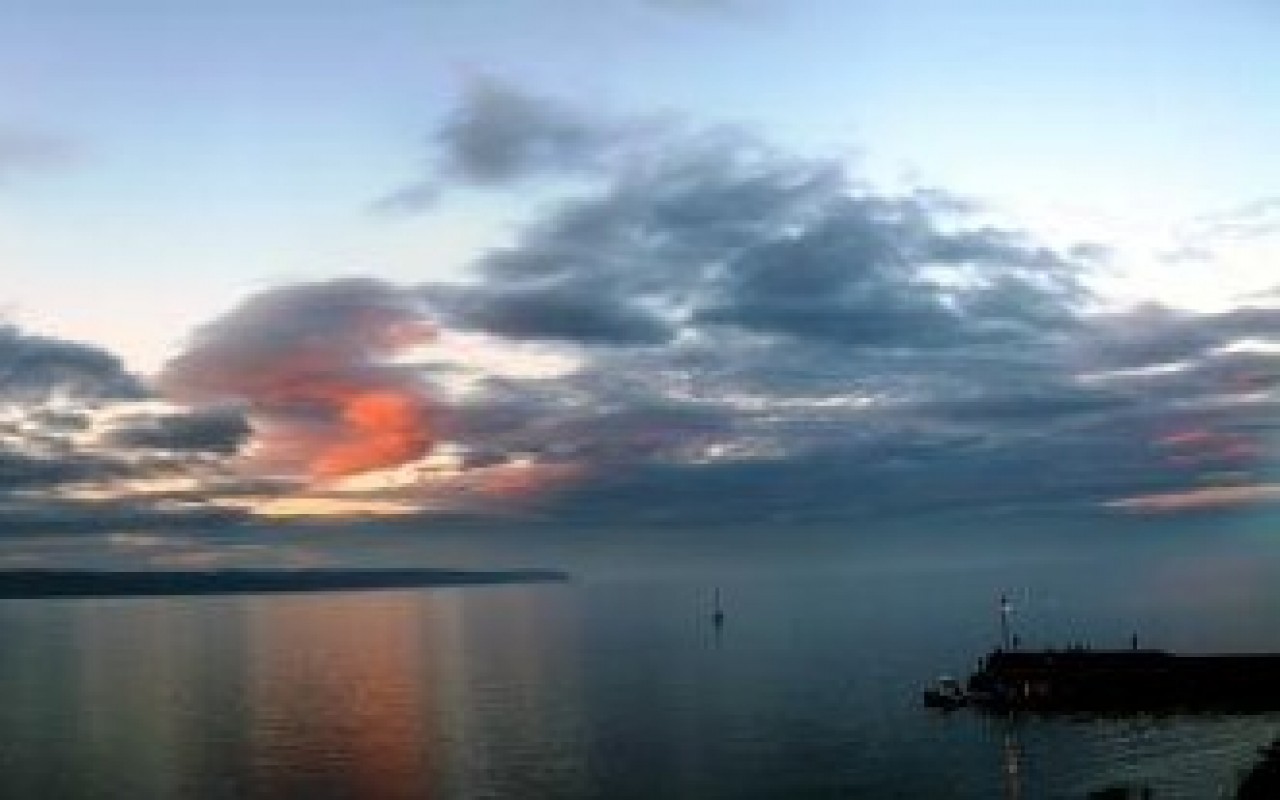
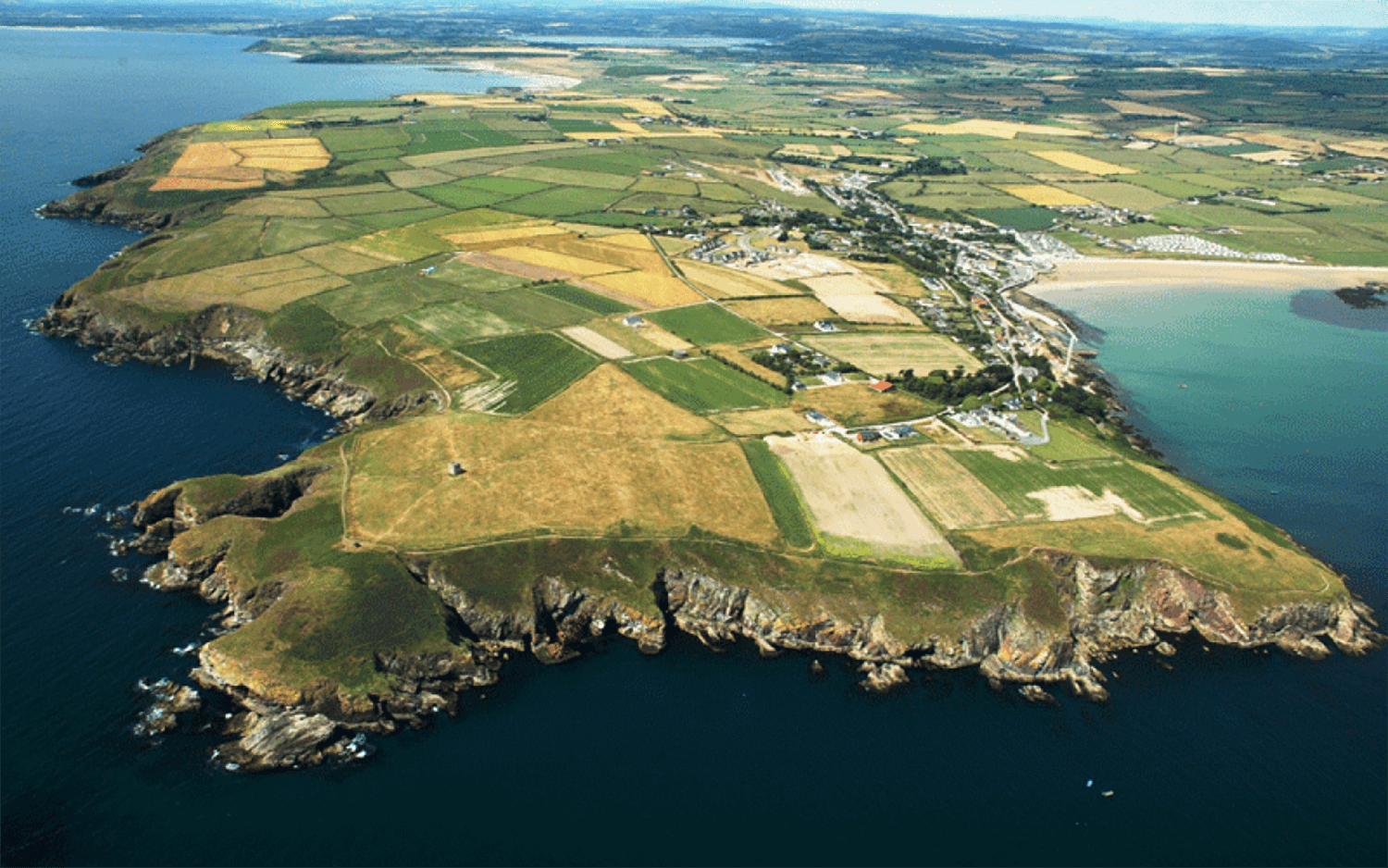
Ardmore Memory and Story – The Sea: “In the beginning of the 20th century, there was no tradition of drift-net fishing for salmon in Ardmore. The only family who engaged in fishing were the Gearys (who lived where Tigaliunn is now) who had a licence for salmon fishing and fished with what was called a bag net, leaving it in position all night and collecting the fish in the morning, and transporting them by horse and cart to the Ferry Point and there to Youghal. The catch in the bag net could amount from 100 to 200 fish.”
The Gearys were my ancestors.